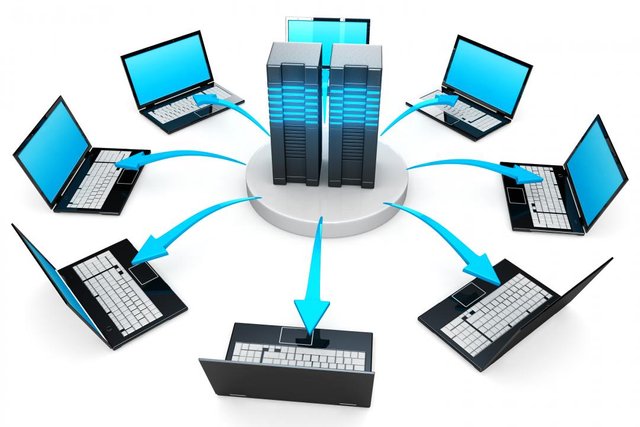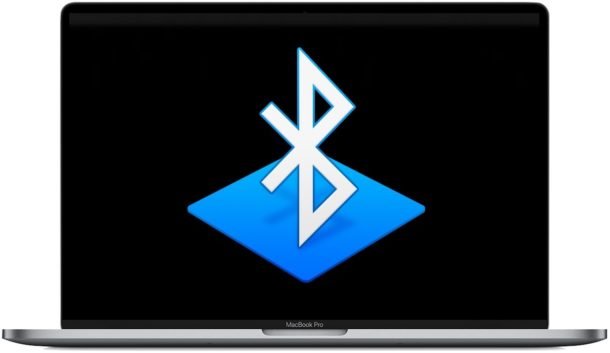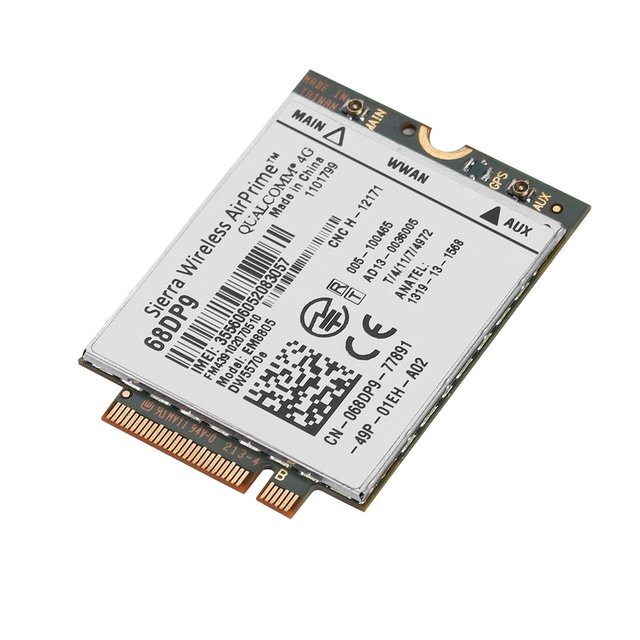SIZ EDUCATION\\laptop Guide to Laptop Networking Features\\Regards By irfan20\\
Laptop Guide To Laptop Networking Features.
Wi-Fi (wireless).
Wireless networking through the Wi-Fi standard has been making a special feature in all its laptop computers this year. There are several accounts for different standards and Wi-Fi networking speeds that you will need to know when shopping for a laptop computer how it can be used.
There are currently five Wi-Fi standards that can be found on laptop computers. 802.11b old running at 11Mbps in 2.4GHz radio spectrum. 802.11g uses the same 2.4GHz radio spectrum but can transmit speeds up to 54Mbps. It is backup compatible with 802.11b standard. 802.11a uses 5GHz radio spectrum for better range and 54Mbps speeds. This backup is not compatible due to the different radio frequencies used.
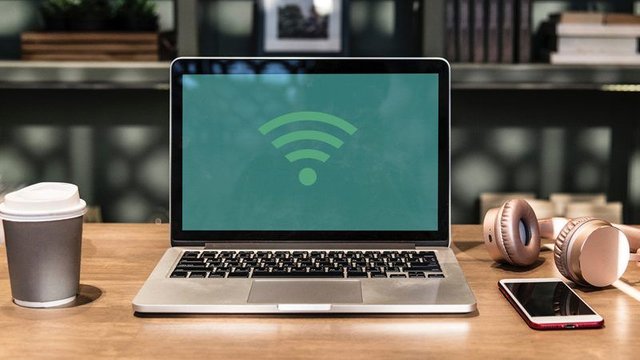
Source
The most common standard version of Wi-Fi is the 802.11n standard. This standard is a bit more confusing because the device can be made to use 2.4GHz or 5GHz radio spectrum. The basic premise is that the list of laptops is 802.11a / g / n or 802.11b / g / n. Those that are capable of using either radio spectrum in the list of A / G / N in the Wi-Fi standard while B / G / N will use only 2.4GHz spectrum. Note that some 5GHz spectrum listed as 802.11b / g / n may be used. Individuals joining the list of dual antennas face capabilities of both 2.4 and 5GHz. This only works for those who want to use the 5GHz radio spectrum, which has the advantage of being less crowded in many areas of better bandwidth due to less business.
Ethernet (wired networking)
Until wireless networking became very popular, high-speed network connections required the use of an Ethernet cable connected from a laptop to a network device. Ethernet has been a standard network PC cable design for many years that is found in just about every computer. Emphasizing on small laptops such as UltraCocks, there is no shortage of space required for cable ports, now systems are more frequently dropping an interface.
There are currently two standard types of Ethernet speeds. Recently the most common was Fast Ethernet or 10/100 Ethernet. It has a maximum data rate of 100Mbps and is backup compatible with older 10Mbps Ethernet standards. It is found on most consumer networking gear such as cable and DSS modems. The current standard is Gigabit Ethernet. This allows connection support up to 1000Mbps on sync networking gear. Like Fast Ethernet, it's backwards compatible with slower network types.
.jpeg)
Source
The speed of the Ethernet interface only really matters when connecting between devices on a local area network (LAN). Most broadband connections are slower than standard Fast Ethernet although this is starting to change with the installation of high speed fiber networks.
Bluetooth.
Bluetooth is technically a wireless networking fixed where uses the same 2.4GHz spectrum as Wi-Fi. Originally used for wireless peripheral connection instead of actual networking. One aspect is that it can be used and it is tethering on a wireless phone. This allows a laptop to use the wireless phone data link. Unfortunately, many wireless phone carriers in the United States do not allow tethering or additions to activate it with a single device. Check out your career if you're interested. This feature is becoming less common at the moment though due to the Wi-Fi hotspot capabilities of smartphones.
Wireless / 3G / 4G (WWAN).
The inclusion of built-in wireless modems or 3G / 4G networking adapters is a very recent addition to laptop computers. Manufacturing often refers to this as wireless wide area networking or WWAN. It allows one laptop computer to connect to the Internet via a high-speed wireless phone network when no other access is possible. It can be very useful but also very expensive as it requires special data agreements. In addition, wireless modems built into laptops are usually locked in a specific provider or network class. As a result, users do not see these features and it is not recommended to buy an external wireless modem that uses USB if you need such a service. Another option.
Hotspot is a device that essentially connects the Wi-Fi router to the wireless modem. They still require data agreement but have the ability to be used with any Wi-Fi enabled device.
Modem.
Once the most important form of networking, modems can now be found on any laptop. Dial-up networking is one of the oldest forms of networking for PC computers. While broadband connections are more common at home, it may be the only way to connect it on the road to remote locations. A simple phone cable plugs into the laptop and allows a phone jack to be connected via a dial-up account. Although many laptops may not feature these ports, it is possible to purchase at least a USB dial-up modem with almost any computer. One aspect is that digital modems do not usually work with many VoIP lines due to data compression.
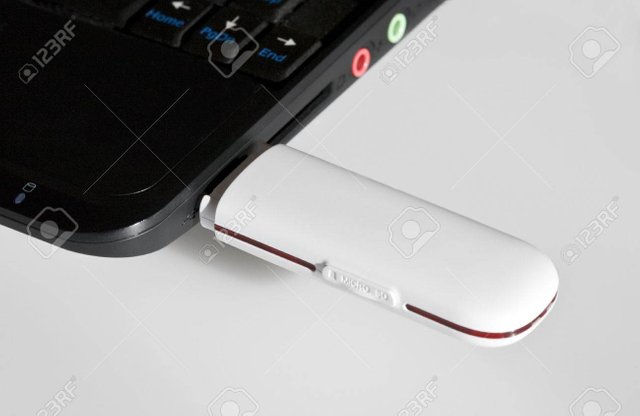
Source
Due to the limitations of audio data transmission on phone lines, the maximum speed of 56 kbps has been reached for some time. There is no modem that is compatible with any laptop 56Kbps. The only difference is that it is listed as a v.90 or v.92 type. There are two types of data connection modes and they are much more interactive when it comes to a real dial-up connection.

Special Thanks To
@siz-official
@suboohi
@cryptokraze
@vvarishayy
@faran-nabeel
@ashkhan
Regards By

